Plastics are defined by numbers. The types of plastics and what they mean to your health will be discussed in this article. Numbers ranging from 1 to 7 are used within the chasing arrows. There are numerous plastics which cannot be recycled. Understanding these plastic codes will help you classify your plastics and to choose the right plastic for usage.

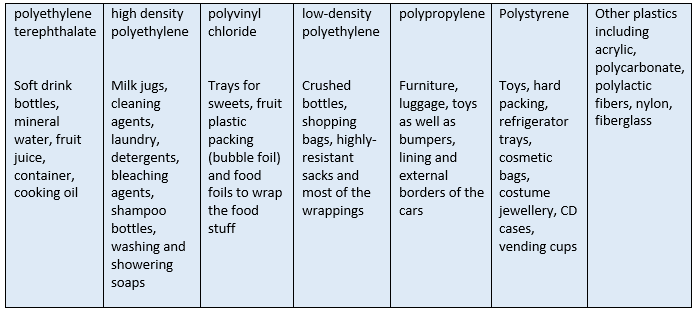
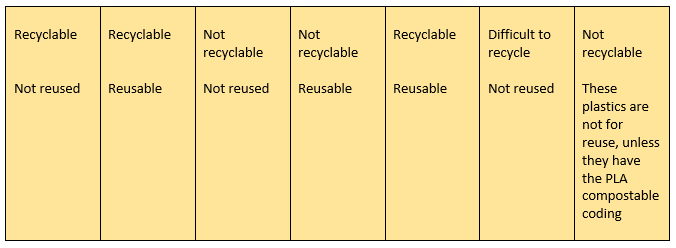
The 7 types of plastics are as follows:
1. PETE
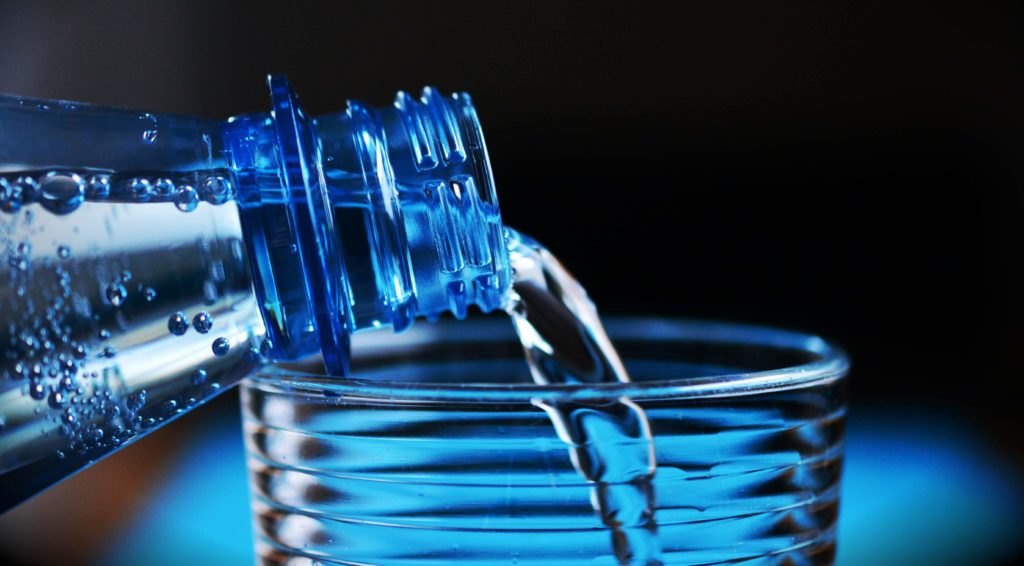
Polyethylene terephthalate or PETE/ PET is one of the most popularly used plastics in water bottles. It is generally used for single-use applications and its repeated use increases the risk of its contamination by leaching and bacterial growth. It is difficult to decontaminate these plastics and can be toxic due to the use of harmful chemicals.
PET plastics are safe but it is essential to keep them out of the heat since carcinogens may leach into your liquids. PET plastic is recyclable. The plastic is reprocessed to make new PET bottles or spun into polyester fiber. This recycled fiber is used to make textiles such as carpets, stuffing for pillows etc. Products made of PET should be recycled but not reused.
To use less PET plastic, consider switching to reusable water and beverage containers.
2. HDPE
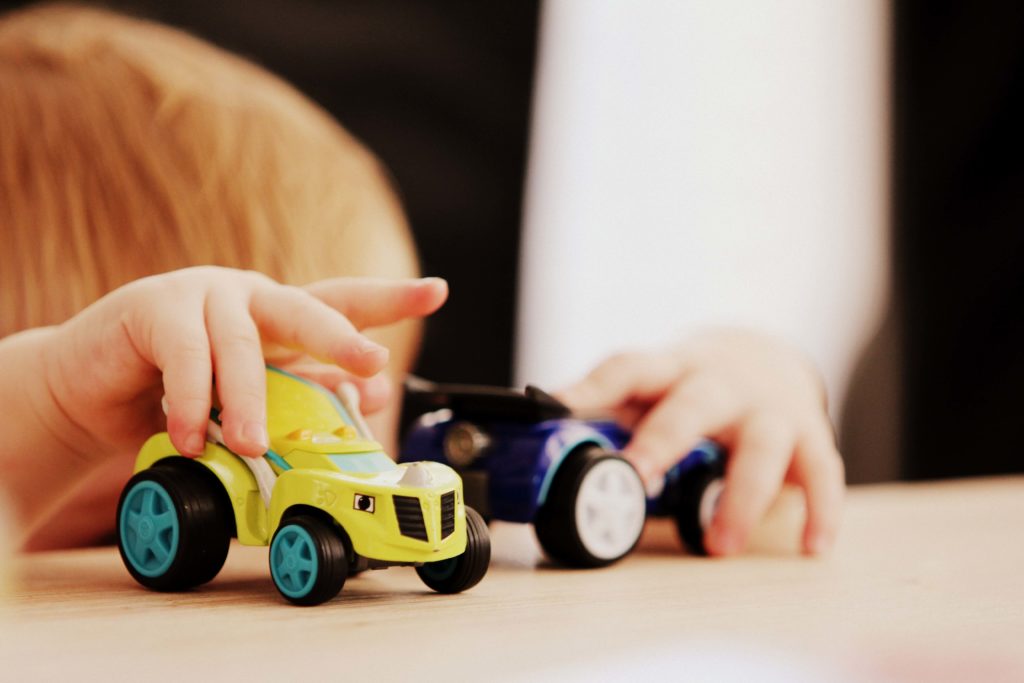
HDPE plastic is used to make toys, oil bottles, milk jugs, detergent etc. It is the most commonly recycled plastic and is considered as one of the safest forms of plastic. It is a cost-effective process to recycle HDPE plastic for secondary use.
HDPE plastic does not break down under exposure to sunlight or even by heating or freezing. For this reason, it is used to make products which require good durability and weather-resistance.
Products made of HDPE are reusable and recyclable.
3. PVC
PVC (Polyvinyl chloride) is a soft and flexible plastic which contains a lot of toxins which it leaches throughout its lifetime. It is used to make window frames, garden hoses, in food foils etc. Products made using PVC plastic are not recyclable. PVC products should not be reused for applications with food or for children’s use.
Consider replacing plastic food wrap with reusable beeswax wraps. Plastic toys with reclaimed wool stuffed animals to avoid items made with PVC plastic.
4. LDPE
The plastic grocery bags are mostly made by LDPE(low-density polyethylene). LDPE is less toxic and relatively safe to use.
It is not environment-friendly as it is not recyclable easily. Hence, it is advised to use biodegradable plastics or cloth bags for shopping or grocery purposes. However, products made from LDPE are reusable.
5. PP
PP (Polypropylene) is used in ketchup bottles, microwave-safe plastic containers, yogurt cups etc. Polypropylene is heat resistant and hence used in microwave-safe plastics. It acts as a barrier against moisture, grease and chemicals. It helps to keep the material inside the containers dry and fresh. However, it is always better to heat food in glassware compared to these plastic containers. PP is reusable and is considered as a safe plastic. Moreover, it can be recycled.
Opt for reusable straws/paper straws and reusable water bottles to cut down on how much PP you consume.
6. PS
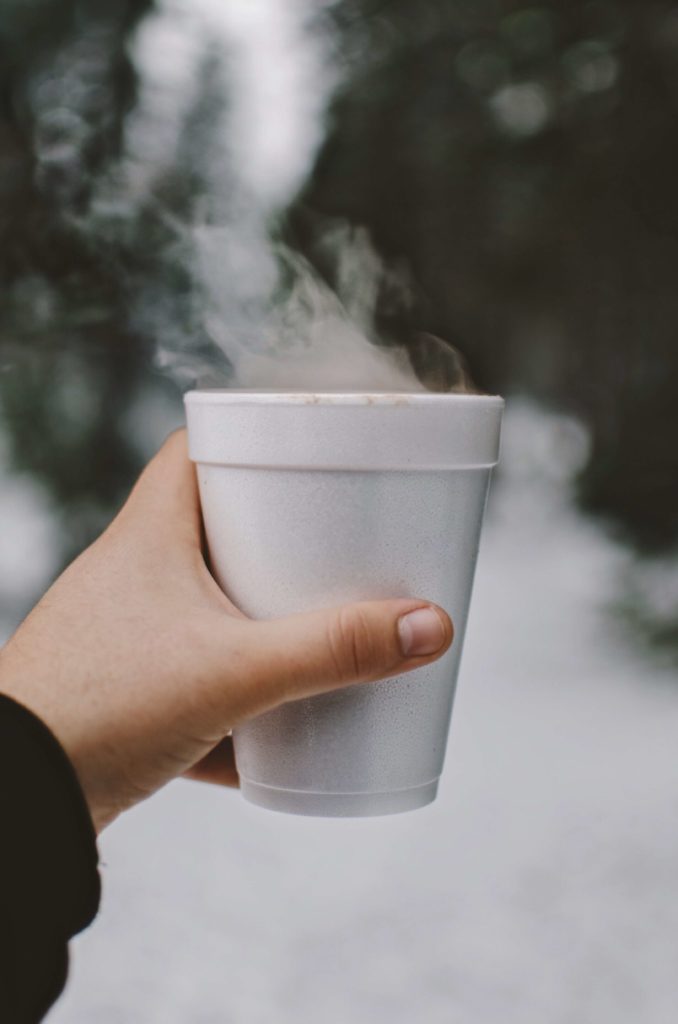
Polystyrene, or Styrofoam is used to make disposable containers. PS may leach styrene, a possible human carcinogen into food products ( especially when heated in a microwave).
PS is structurally weak and ultra-lightweight therefore, it breaks up & gets dispersed throughout the natural environment. Beaches all over the world have bits of polystyrene & a large number of marine species have ingested this plastic with immeasurable consequences to their health.
It is difficult to recycle and only accepted by specific recycling facilities moreover, when not recycled, it takes hundreds and hundreds of years to decompose!
Try using a reusable coffee cup, compostable or reusable picnic cutlery, and stainless steel takeaway containers so that you can eliminate PS from your trash.
7. OTHER
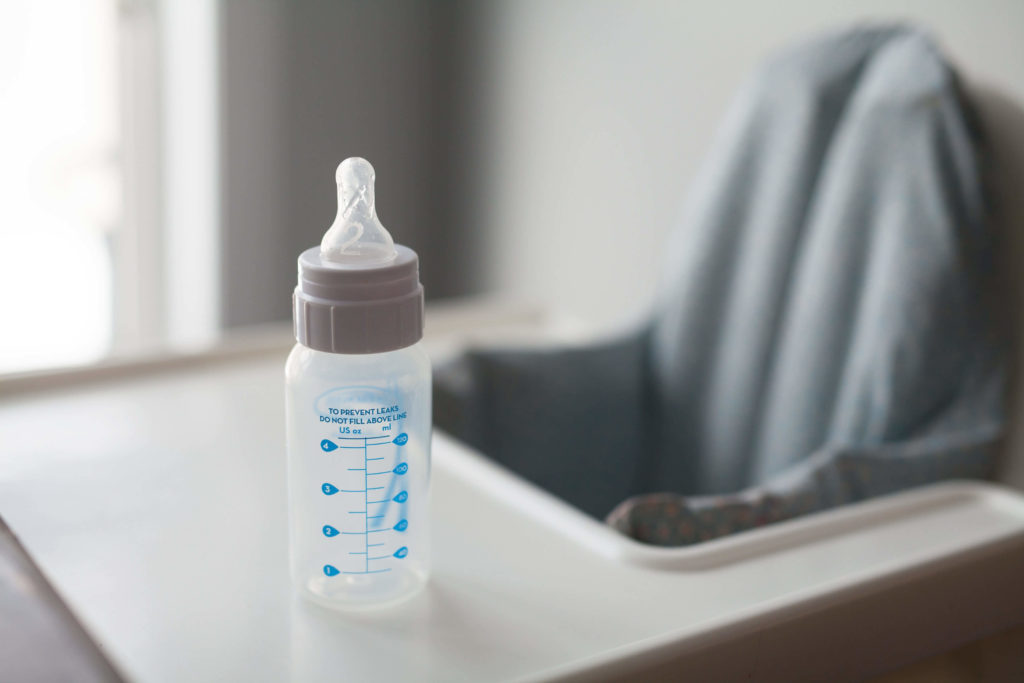
These plastics are used to make water cooler bottles, baby bottles, sippy cups and car parts. The use of plastic in this category is at your own risk due to its unknown composition. Polycarbonate falls into this category, including the highly toxic BPA. It is difficult to recycle this category of plastics. It is best to avoid this type of plastic.
You should stay away from plastic as much as possible. Above all, it is advised that minimal usage of plastics is followed. In conclusion, it is good to know that 2,4 & 5 category plastics are generally considered safe. Be careful of putting them in the microwave, even if they are labelled “microwave-safe”. Plastics 1,3,6 & 7 should be used with varying to extreme caution, especially around food or drink. However, of these, plastic 1 isn’t too bad, but needs to be stored in cool environments and should not be reused.
Let us try our best to follow plastic-free/minimal plastic usage so that we could do our little part in saving the beautiful world that we live in.
Reference: Eartheasy and non-toxic revolution
For more related articles, click here
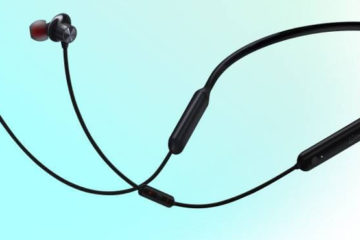

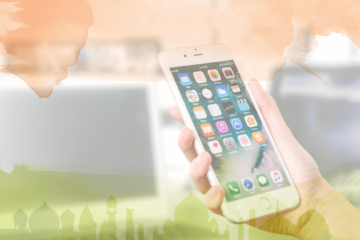
0 Comments